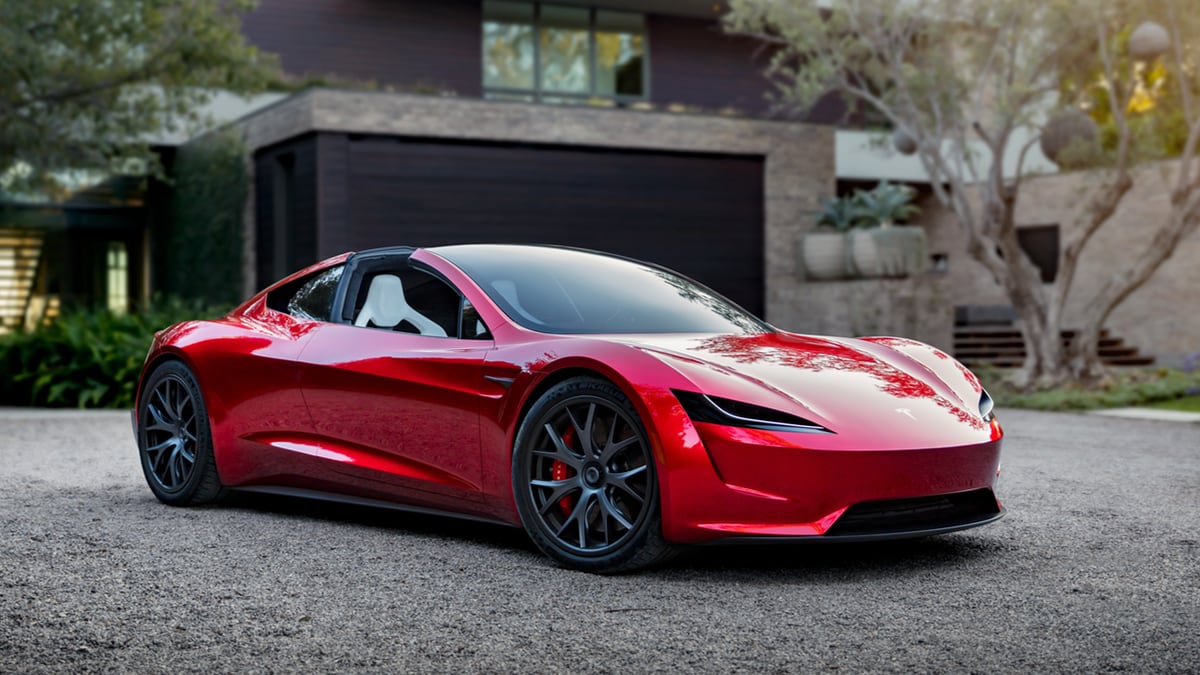Introduction
Tesla, Inc., an American electric vehicle and clean energy company, has become a trailblazer in the automotive industry and a symbol of sustainable transportation. Founded in 2003 by visionary entrepreneur Elon Musk and a group of engineers, Tesla’s mission is to accelerate the world’s transition to sustainable energy. In this blog, we will explore the captivating journey of Tesla, its groundbreaking electric vehicles, and its significant contributions to the global shift towards a greener and more sustainable future.
Electrifying the Automotive Industry
From the outset, Tesla set out to challenge the traditional automotive landscape dominated by internal combustion engines. Its first offering, the Tesla Roadster, hit the market in 2008, becoming the first all-electric sports car to gain widespread attention. The Roadster’s impressive acceleration, long-range capability, and sleek design shattered the notion that electric vehicles (EVs) were limited to slow, short-range city cars.
The Game-Changing Model S
In 2012, Tesla launched its game-changing Model S, a luxury all-electric sedan that set new standards for EV performance, range, and technology. With its powerful acceleration, cutting-edge infotainment system, and long-range capabilities, the Model S disrupted the automotive industry and left competitors scrambling to catch up.
Supercharging the Way Forward
One of the critical challenges for electric vehicles was the lack of a robust charging infrastructure. Tesla addressed this by building its network of Supercharger stations, strategically located along highways and travel routes worldwide. These fast-charging stations allow Tesla owners to recharge their vehicles quickly, significantly reducing range anxiety and making long-distance travel feasible.
Expanding the EV Lineup
As Tesla’s popularity soared, it expanded its lineup to cater to a broader audience. The Model X, an all-electric SUV with distinctive falcon-wing doors, provided a mix of luxury and utility, while the more affordable Model 3 sedan made electric mobility accessible to a larger market segment.
The Model 3, in particular, became a game-changer for Tesla, rapidly becoming one of the best-selling electric vehicles globally. Its affordability, solid performance, and growing charging infrastructure contributed significantly to accelerating the adoption of EVs around the world.
Innovations in Autopilot and Self-Driving Technology
Tesla’s commitment to pushing the boundaries of technology is evident in its Autopilot and Full Self-Driving (FSD) capabilities. Autopilot, an advanced driver-assistance system, allows Tesla vehicles to perform many driving tasks autonomously, including lane-keeping, adaptive cruise control, and parking assistance. Tesla’s FSD suite aims to achieve full autonomy, where vehicles can navigate without human intervention.
While the technology remains under development and subject to regulatory approvals, Tesla’s innovations have advanced the state of autonomous driving, raising the bar for the entire automotive industry.
Sustainability and Clean Energy
Beyond electric vehicles, Tesla’s vision encompasses a broader commitment to sustainability and clean energy. In 2015, the company unveiled its Powerwall battery storage system, designed to store energy from renewable sources like solar panels. This technology allows homeowners and businesses to store excess energy for use during peak demand or in the absence of sunlight, making renewable energy more reliable and accessible.
Tesla’s Solar Roof, introduced in 2016, integrates solar cells into traditional roofing materials, providing a seamless and aesthetically pleasing way to harness solar energy. By integrating solar energy and battery storage, Tesla is paving the way for a future powered by renewable energy.
Conclusion
Tesla’s journey from a nascent startup to a dominant force in the automotive and clean energy sectors is a testament to the power of innovation, commitment to sustainability, and visionary leadership. Through its groundbreaking electric vehicles, charging infrastructure, advancements in autonomous driving, and contributions to renewable energy, Tesla has redefined the concept of sustainable transportation and become an emblem of the global transition towards a greener future.
As Tesla continues to lead the electric revolution and redefine the automotive industry, its impact on shaping a sustainable world will resonate for generations to come. The relentless pursuit of cleaner and more efficient technology is not just Tesla’s mission; it’s a call to action for the entire world to embrace renewable energy and work together towards a more sustainable and environmentally conscious future.

